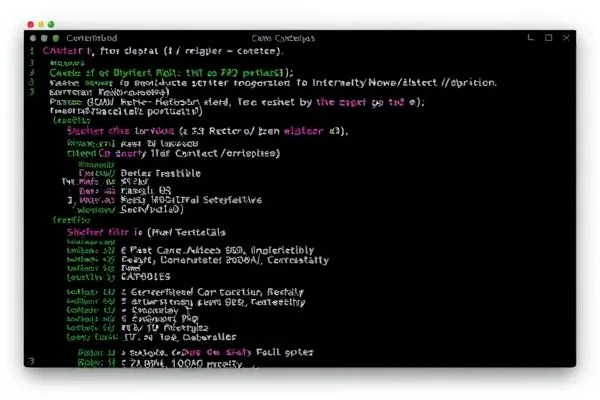Artificial intelligence is transforming the landscape of cybersecurity, posing both threats and opportunities. As criminal tactics evolve rapidly alongside these technological advancements, businesses must adapt quickly to secure their digital environments. In this article, we will explore the challenges posed by AI-driven cyber threats and practical strategies to bolster your defenses.
Key Takeaways:
- AI is changing the way cybercriminals operate, making attacks more sophisticated.
- Organizations must evolve their security posture to counter these advanced threats.
- Implementation of Zero Trust frameworks is essential in today’s threat landscape.
- Proactive measures can help build long-term resilience against cyber threats.
The Rising Threat of AI in Cybersecurity
Given the rapid development of artificial intelligence, threats in the cyber realm are becoming increasingly complex. Cybercriminals leverage AI to automate attacks and tailor them uniquely to their targets. Phishing emails, voice cloning, and manipulation of data models are a few techniques that are seeing sophisticated application. Attacks are not only increasing in number but also in precision, resulting in heightened risks for organizations that fail to recognize these new dynamics.
For instance, attackers can utilize AI to analyze vast amounts of data, identifying weak spots in network defenses more efficiently than traditional methods. This leads to faster deployment of targeted attacks. Businesses must realize that not only are these threats proliferating, but they are also evolving at an unprecedented rate, making conventional security measures insufficient.
Leveraging AI for Defense
While AI presents significant challenges, it also offers pathways for fortifying security strategies. By understanding how attackers think and operate, defenders can preemptively develop countermeasures. Adopting a proactive stance involves training teams to anticipate AI-driven threats and refining security protocols accordingly. Key strategies include:
- Continuous monitoring of systems for unusual activity that could indicate an AI-generated threat.
- Implementing a Zero Trust architecture to minimize exposure and risk.
- Regular training and engagement of employees about recognizing phishing attempts and other AI-enhanced attacks.
- Utilizing AI tools for advanced threat detection and data analysis to stay ahead of criminals.
Cyber Resilience in an AI-Driven Landscape
Building resilience is no longer just beneficial but essential. This involves creating a culture of security within organizations, where every member understands their role in safeguarding data. The Zero Trust model plays a crucial part here; it operates on the principle of ‘never trust, always verify,’ which aligns perfectly with the unpredictable nature of AI threats.
Organizations should prioritize investing in training and resources to equip their employees with the knowledge needed to recognize and counteract threats. Emphasizing a shared responsibility model allows for a collective approach to risk management, essential in today’s interconnected world. The emphasis should be on long-term strategies that factor in the evolving threat landscape defined by AI.
In conclusion, adapting to AI’s disruptive influence is imperative for safeguarding organizations against emerging cyber threats. Rapid evolution of attacks necessitates proactive and innovative defense strategies. By understanding the nuances of AI-driven threats and adopting a robust security framework, businesses can navigate these challenges effectively.









